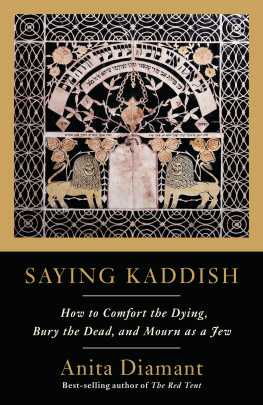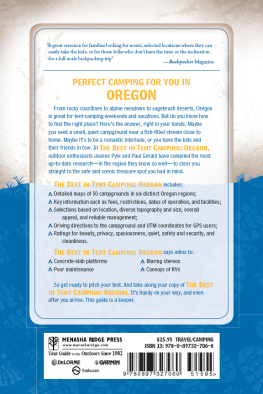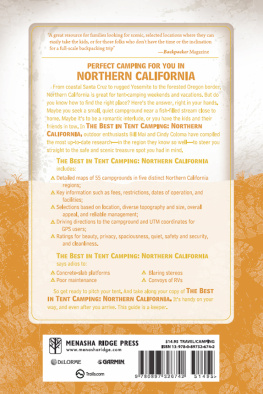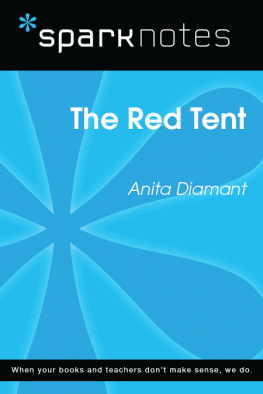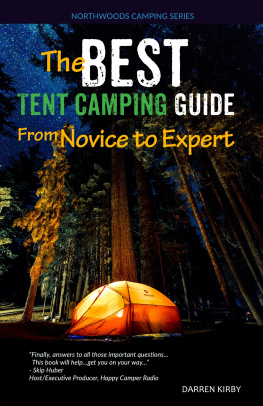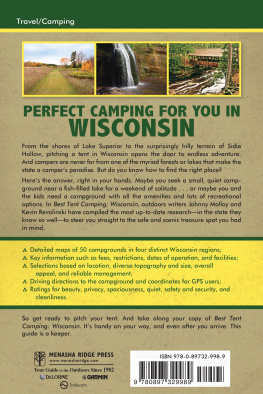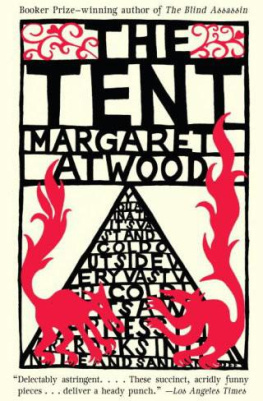Also by Anita Diamant
Good Harbor
The Red Tent
The New Jewish Wedding
How to Be a Jewish Parent: A Practical Handbook for Family Life
Saying Kaddish: How to Comfort the Dying,
Bury the Dead, and Mourn as a Jew
Choosing a Jewish Life: A Guidebook for People Converting to Judaism and for Their Family and Friends
Bible Baby Names: Spiritual Choices from
Judeo-Christian Tradition
The New Jewish Baby Book: Names, Ceremonies, and Customsa Guide for Todays Families
Living a Jewish Life: Jewish Traditions, Customs, and
Values for Todays Families

SCRIBNER
1230 Avenue of the Americas
New York, NY 10020
Copyright 2003 by Anita Diamant
All rights reserved, including the right of reproduction in whole or in part in any form.
SCRIBNER and design are trademarks of Macmillan Library Reference USA, Inc., used under license by Simon & Schuster, the publisher of this work.
Portions of this book have appeared in The Boston Globe Magazine, Parenting magazine, and JewishFamily.com
Designed by Kyoko Watanabe
Text set in Walbaum
Library of Congress Cataloging-in-Publication Data
Diamant, Anita.
Pitching my tent: on marriage, motherhood, friendship, and other leaps of faith/Anita Diamant.
p. cm.
1. Diamant, AnitaAnecdotes. 2. Jewish womenUnited StatesAnecdotes. 3. JewsUnited StatesAnecdotes. 4. JudaismUnited States. I. Title.
E184.37.D53A3 2003
296.7dc21
2003045440
ISBN-13: 978-0-7432-5352-9
ISBN-10: 0-7432-5352-3
Visit us on the World Wide Web:
http://www.SimonSays.com
For my mother, Hlne Diamant
Contents
Introduction
Before The Red Tent, before Good Harbor, before and during six books on contemporary Jewish life, I was a columnist.
I wrote essays about friendship and fashion, about marriage and electoral politics, about abortion, lingerie, situation comedies, birth, death, God, country, and my dog. I covered the waterfront and the supermarket, my synagogue, the waiting room outside the intensive care unit, and my own kitchen table.
I did this over the course of twenty years for publications that included a weekly newspaper with a mostly twenty-something readership, and later for a Sunday-magazine audience of millions. I wrote for food lovers in a New England magazine, for the parents of young children in a national publication, and for an international Jewish audience in an on-line magazine. Most of the time, my assignment was weekly; sometimes, it was monthly.
My job was to report on the events of the day and the changes under my own roof. The challenge was to pay closer-than-average attention and then shape my experiences and reactions into entertaining prose that rose above the level of my own navel. It was more than a great jobit was a meaningful job.
This collection, culled from those publications and years, turns out to be a sort of diary. It includes musings about the contents of my refrigerator as well as reflections about the most important decisions of my life. To divorce and marry again. To have a child. To live a Jewish life.
I suppose its a measure of how much the world has changed that what once seemed like edgy choices now seem fairly mainstream. But at the time, I was thinking and doing things that were simply unimaginable for women at any other period in human history. Having been born female, white, and middle class in the United States, in the middle of the twentieth century, meant the womens movement happened to me, in me, for me. It meant that it was highly unlikely that I would die in childbirth, and it meant that I could teach my daughter to speak in her own voice. It meant I could love my work and love my family. And it meant that there was an audience for what I had to say about the trials and joys of this girls life.
Actually, the audience was the great, unexpected gift of the assignment because they wrote back. A few said, No way, and How dare you? But many more said, Me, too, and Thanks.
We connectedmy readers and Ibecause we were trying something entirely new. We were not just tinkering around the edges, adjusting our roles as women and men. We were reinventing the female psyche and soul, which of course required a radical recasting of the male. Were still at it, too, and with more confidence, wisdom, and resources every year. That our daughters and sons are blas about this transformation is a measure of our success.
Looking back through these essays, reflecting on the reflections, is a lot like leafing through the family photo album. I stop and exclaim over the difference between my daughter then (kindergarten) and my daughter now (college). The changes in me are not quite as photogenic, but I think Ive become kinder and more patient. I sure hope so.
My tent is filled with friends and songs and books and memories. My tentand I hope yours, toois filled with blessings. Come see.
Love, Marriage,
Baby Carriage
I M NOT on this journey alone. I travel with Mr. Jim Ball, magazine pack rat, teller of jokes, sweetheart, catalyst. Our falling in love was a beginning for so much, including my own religious journey.
Of course, Jim didnt bargain for the prominent role he would eventually play in my writing. But he didnt object, either. If he had, you wouldnt be reading these pages. Whenever an essay about Jim was published, readers would ask me (actually, theyd sidle up to me and whisper), Is he okay with this? And he was. He vetted every word and often encouraged me to include a funnier detail that Id thought too personal to mention. Hes that kind of guy. Lucky me.
The Kiss
EVERY FRIDAY NIGHT, I kiss my husband. No matter how tired we are. No matter what dreadful things we said to each other earlier in the day. No matter what. The kiss is neither perfunctory nor passionate. And yet, even when there are six other people in the room, it is intimate.
All week long, a kiss is just a kiss. But our Friday-night kiss is something else. It acknowledges a connection that is ultimately as mysterious as any sunset, as sacred as any psalm.
This is a ritual kiss. It takes place in the dining room, immediately after we light two new, white candles and sing the blessing that marks the beginning of Shabbat, the Jewish Sabbath. Candles and kiss are followed by blessings over wine and bread.
I didnt grow up with this kind of ceremony. My parents were not religiously observant at home and we didnt belong to a synagogue until I was in junior high school, so I had little formal religious education. But my parents survived the Holocaust in Europe, and Yiddish was one of the languages spoken at my house. I never had any doubts about my ethnic or religious identity; still, it was only when I fell in love with a lapsed Presbyterian and began to think of us as a family-to-be that I realized how important it was to me that any child of mine know that she was Jewish.
Jim had no problem with raising our hypothetical offspring within my tradition. The problem was that I didnt know enough about Judaism to pass it along to another generation. So, with my gentile boyfriend willingly in tow, I started my remedial religious education and recovered my spiritual birthright. Jim and I joined a Jewish reading group and began attending Sabbath services. When we started shopping around for a rabbi to officiate at our wedding, Jim decided to convert to Judaism.


